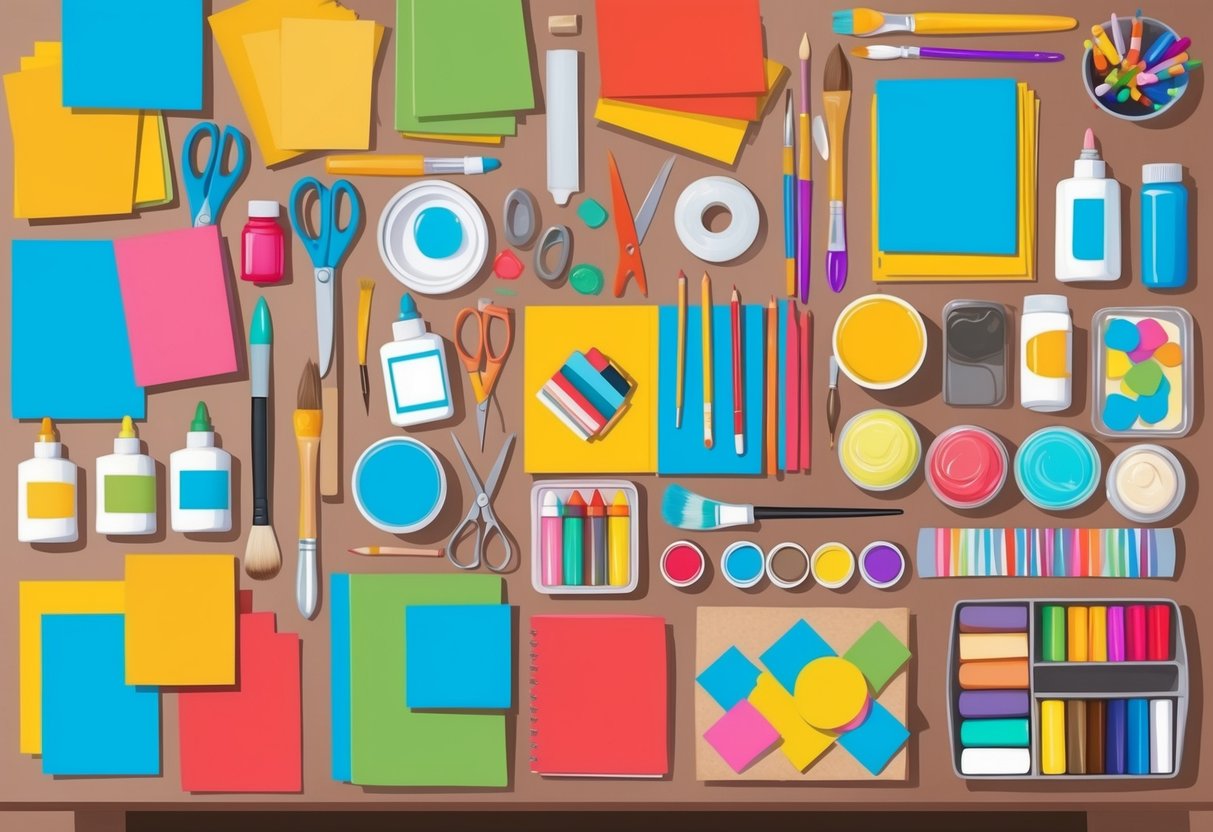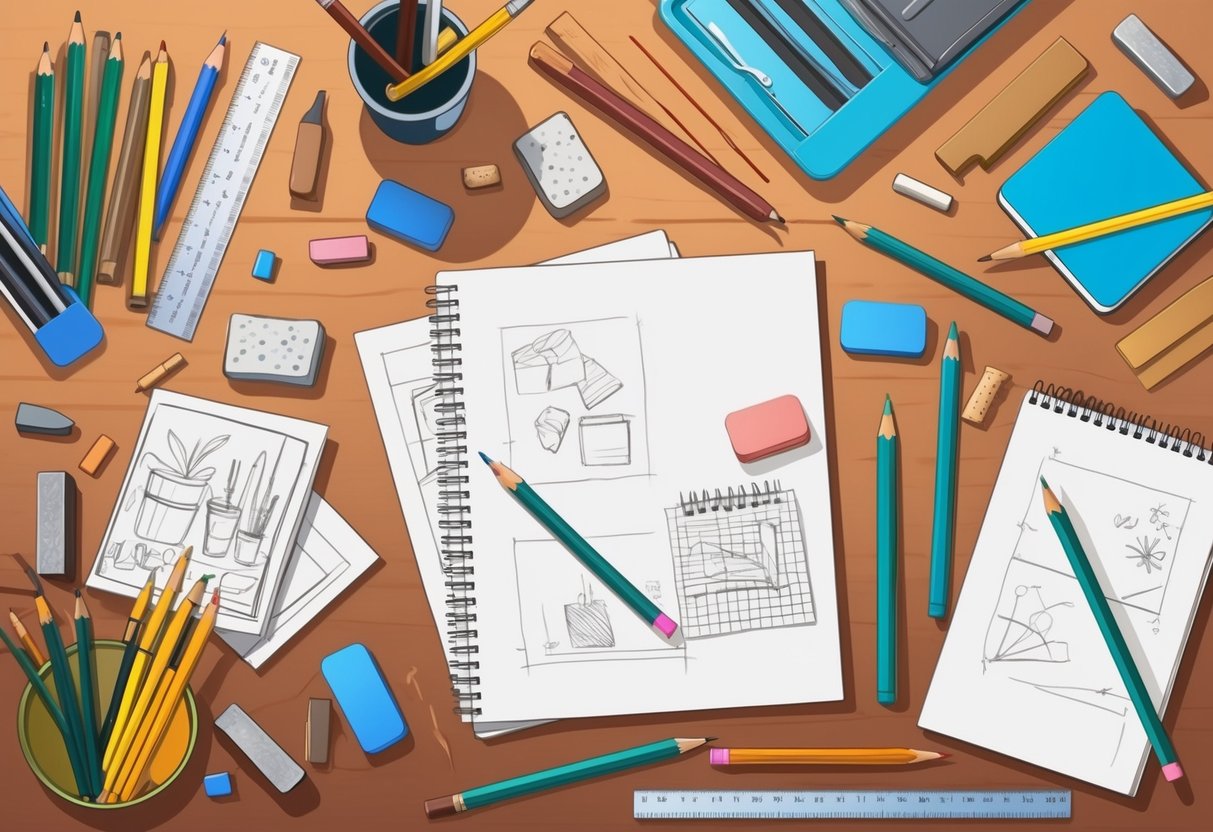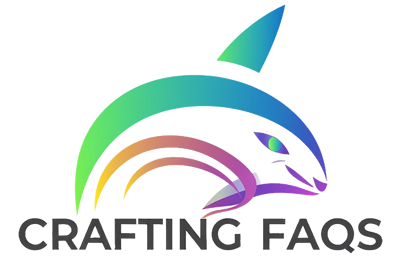
Must-Have Drawing and Sketching Supplies

Choosing the right drawing and sketching supplies sets the foundation for every creative art or craft project. A well-chosen mix of pencils, paper, and essential tools allows for precision, smooth blending, and countless creative possibilities.
Graphite and Colored Pencils
Graphite pencils are a staple for sketching and detailed drawing. Artists typically use a range from hard (H) to soft (B) leads, where harder leads make lighter, crisp lines and softer leads produce rich, dark shading.
For most craft and art projects, a set that includes 2H, HB, 2B, and 6B pencils covers basic needs. Colored pencils add vibrancy and versatility.
They are available in wax-based and oil-based varieties. Wax-based pencils usually blend easily and layer well, making them ideal for coloring larger areas.
Oil-based colored pencils offer greater control for fine details and are less prone to wax bloom. Many artists include a mechanical pencil in their tools for consistent line width and convenience, along with a white pencil or chalk pencil for highlights on toned or colored paper.
Eraser pencils and blending stumps help refine sketches by allowing precise correction and soft shading effects. More suggestions, such as mechanical pencils and chalk-based options, can be found in detailed lists from communities like ArtistLounge.
Sketchbooks and Paper
Quality paper is essential for sketching and finished drawings. A good sketchbook with acid-free paper helps prevent yellowing and preserves artwork.
Common sketchbook sizes are A4 and A5, which fit well in bags and on desks, making them suitable for both home and travel. Paper comes in different textures—smooth (hot-pressed) is preferred for detailed pencil and ink work, while rough (cold-pressed) offers texture and grip for charcoal, pastel, and heavy sketching.
Toned sketchbooks in shades like tan or gray provide a neutral background, allowing both highlights and shadows to stand out in drawings. Loose sheets of heavyweight drawing paper are ideal for final pieces, as they can accommodate layering and erasing without tearing.
Many beginners and professionals also use mixed-media sketchbooks, which accept both dry and light wet media, offering flexibility for experimentation. For more on essential beginner supplies and paper recommendations, visit sites like The Virtual Instructor.
Paper and Specialty Materials for Creativity
Paper plays a central role in crafting, offering unique textures, weights, and finishes that help bring different projects to life. Choosing the right specialty material can dramatically enhance both the process and the final result.
Origami and Paper Folding Sheets
For those interested in origami and paper folding, using purpose-made sheets is essential. Origami paper is typically thin, strong, and holds creases well.
It comes in a range of sizes, with 6-inch and 10-inch squares being the most commonly used for both simple and complex designs. Many sets feature double-sided colors or traditional patterns, making them ideal for modular projects or intricate models.
Paper folding also utilizes tissue-thin sheets or durable washi paper for projects that require flexibility or subtle detail. Having a selection of folding materials — from metallic foils to translucent vellum — allows crafters to experiment with texture and shape.
Dedicated origami sheets and specialty folding papers can elevate model accuracy and enhance the crafting experience.
Decorative Paper Types
Decorative paper adds color, texture, and dimension to a variety of craft projects. Crafters commonly use cardstock, patterned scrapbooking paper, and handmade paper in projects like card making, gift wrapping, and mixed media.
These papers come in matte, glossy, or textured finishes, adding versatility and appeal to designs. Cardstock is known for its sturdiness and works well for die-cutting or layering, while thinner decorative sheets are better for collage and decoupage.
Crafters often select papers based on weight and finish to complement the technique they plan to use. Acid-free and lignin-free options are available for projects where longevity is important.
Using a mix of specialty decorative paper types, such as vellum, glitter paper, or embossed sheets, can help projects stand out with tactile and visual interest. For ideas on paper variety, reference overviews like the wide selection mentioned in lists of must-have craft supplies for beginners.
Sewing and Needlework Essentials
Precision tools and the right materials are fundamental for sewing, embroidery, and needlepoint projects. Having a complete set of sewing and needlework essentials ensures both efficiency and quality in crafting.
Sewing Machine and Accessories
A sewing machine is a cornerstone for anyone serious about DIY textiles and fabric crafts. Modern machines come with multiple stitch options, automatic threading, and adjustable tension settings.
Key features like a free arm, one-step buttonhole, and speed control give crafters more flexibility when tackling projects ranging from garment construction to home décor. Essential accessories include extra bobbins, sewing machine needles in various types and sizes, and a sturdy presser foot.
It’s also important to keep a seam ripper and a pair of fabric scissors nearby for quick fixes and clean cuts. Products like rotary cutters, self-healing mats, and clear rulers further expand a crafter’s capabilities, especially for quilting or straight cuts.
For ideas on expanding your sewing toolkit, see these sewing essentials.



